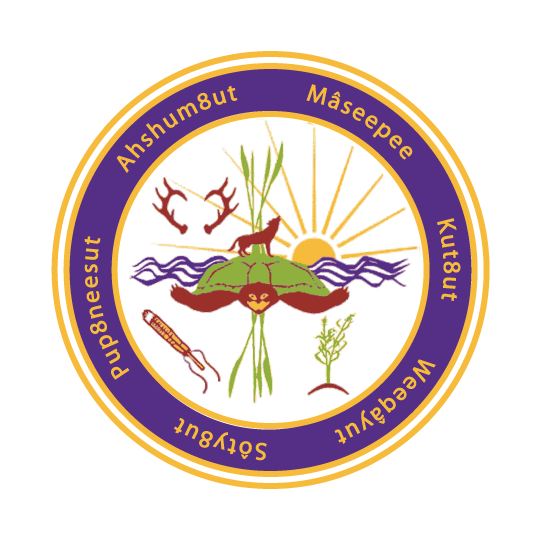For years now, Danielle Hill has felt corn reaching out. The plant has visited her in her dreams, and helped her through pregnancy and post-partum care. And for a while, corn was simply offering gifts. But this year, something changed. Danielle had an opportunity to reciprocate.
“The company True Love Seeds reached out to me, and they asked if I wanted to grow out King Philip’s corn because they were gifted the corn seeds and their ultimate goal is to reconnect Indigenous communities back with their heirloom seeds.”
Danielle is not a farmer by trade but she jumped at the opportunity. King Philip is a traditional Wampanoag flint corn. The name comes from a war fought from 1675 to 1676 between Wampanoag leader Metacom, also known as King Philip, and Puritan colonists. Over the course of the war, the colonists raided a thousand acres of Wampanoag crops.
“The Wampanoag word for corn is weeâchumun, but apparently the King Philip corn name came when all of the corn was raided and all of the fields and the crops were burned. So apparently this is the corn that non-natives, colonists had salvaged and saved for themselves and just continued to grow out.”
It’s been more than 340 years since King Philip’s Corn and the land it was grown on was taken from the Wampanoag. This May under a new moon, four hundred years after the arrival of the first colonists, Danielle and a few other tribal members held a planting ceremony and returned King Philip’s Corn to Wampanoag land. They planted 200 mounds of the landrace flint corn with native squash and beans and as the corn grew, Danielle began to feel a heavy sense of responsibility.
“I was so invested, it was this nurturing that I didn’t know existed in me beyond my kids. It was like I have something sacred and I need to really take care of it and take it seriously like especially the story and the significance and the history.”
Danielle’s big worry was that the corn could be cross-pollinated. All corn varieties readily cross-pollinate, which means if pollen from another variety nearby blew onto Danielle’s corn, it might grow differently than expected.
“So the King Philip Corn historically was 8 row flint, it was long, it was about maybe 8-9 inches and like skinny.”
The corn is also known for its dark reddish yellow, almost coppery kernels. Some of Danielle’s cobs grew like this but others looked different.
“I was really bent out of shape like at the idea of cross-pollination. You know I’m under the impression this false impression that this corn has never been cross pollinated ever and that the seeds that I have are pure and that they are what they were 400 years ago when my ancestors planted them and held them in their hands,” she said.
“It’s a little bit of that fantasy. And it comes still from a colonizer mindset of purity, and segregation, and not intermixing. So I had to sort of break my mind out of that.”
In the end, it turns out the corn wasn’t cross-pollinated. It varies naturally in color and shape, and Danielle had enough standard-looking cobs to send seed back to the True Love seed company. But her hope in the long run is to grow enough seed to return an evolving, adaptable descendent of King Philip’s corn to her people and this place — cross-pollinated or not.
By Elspeth Hay |CAI



